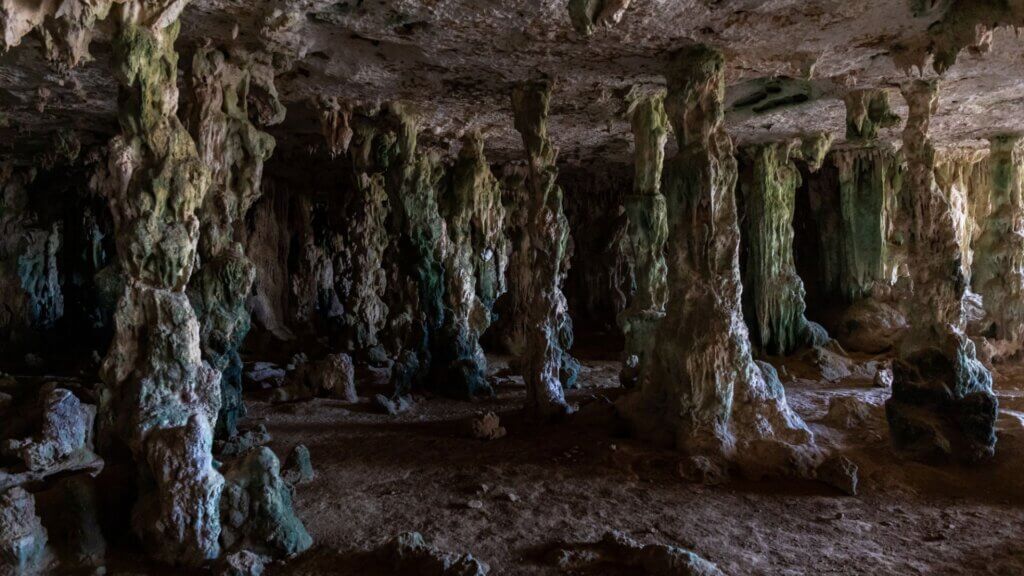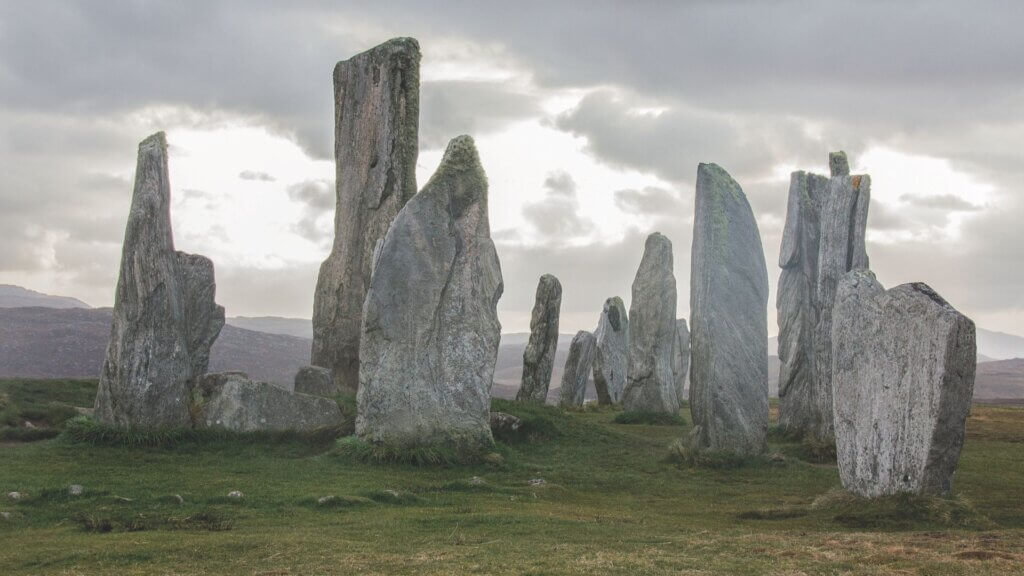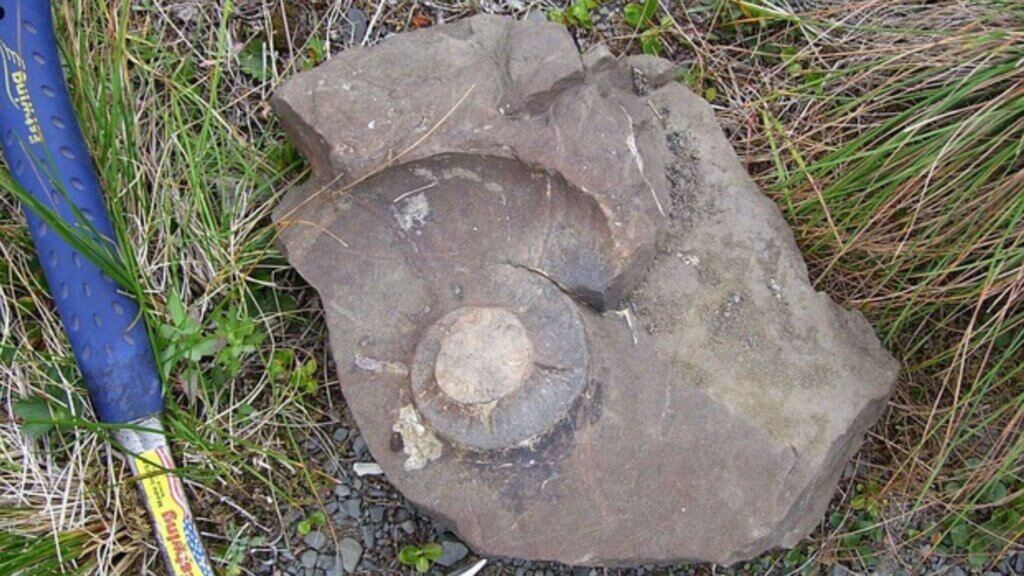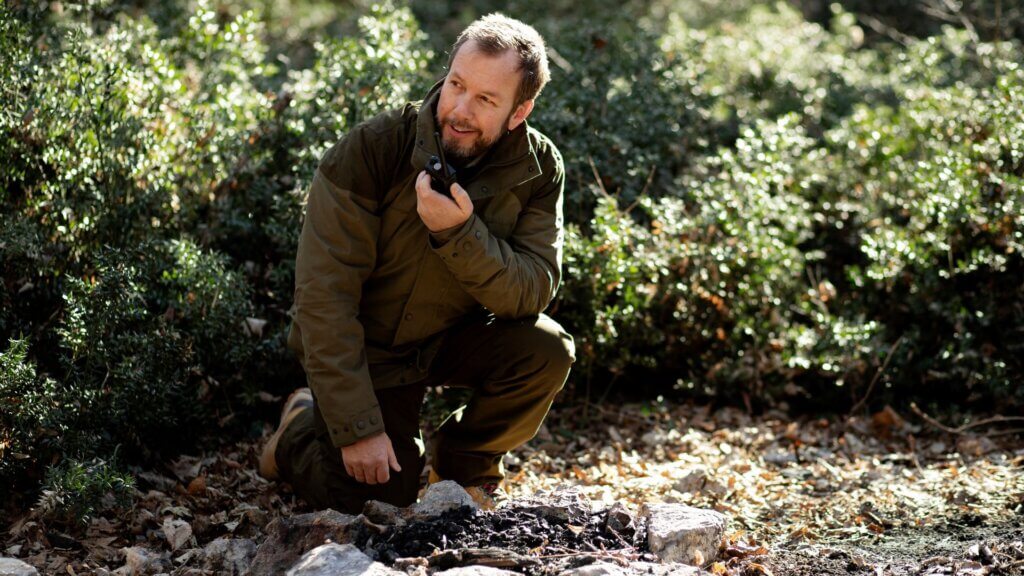Products are selected by our editors, we may earn commission from links on this page.

For decades, a skull discovered in a Greek cave has puzzled scientists. Now, new research suggests it doesn’t belong to modern humans or Neanderthals but may represent another branch of our ancient family tree.
Discovery in Petralona Cave

The fossil was uncovered in 1960 inside the Petralona Cave in northern Greece. Remarkably, it was partly fused to the cave wall, preserved for millennia in a layer of calcite.
A Skull Unlike Any Other

Initial studies revealed that the skull did not resemble Homo sapiens or Neanderthals. Its features hinted at a different lineage altogether, prompting years of debate within the scientific community.
The Role of Stalagmites

One striking detail is the stalagmite that had grown through the fossil. These formations develop extremely slowly, offering researchers valuable clues about the skull’s age and how long it remained sealed within the cave.
Dating the Fossil

By analyzing calcite deposits, scientists determined that the skull is at least 277,000 years old. This places it firmly within the Middle Pleistocene, a period of critical evolutionary change.
Who Was “Petralona Man”?

The fossil, often referred to as “Petralona man,” is believed to have belonged to a young male. Its teeth showed only mild wear, suggesting the individual was likely in early adulthood when he died.
A Possible Homo Heidelbergensis

Experts now suggest the skull may represent Homo heidelbergensis, a species that lived in Africa and Europe between 300,000 and 600,000 years ago. This group is thought to be a common ancestor of both Neanderthals and modern humans.
Clues About Coexistence

If confirmed, the Petralona skull would indicate that this population lived in Europe alongside evolving Neanderthals. Such coexistence adds new layers to the story of human evolution on the continent.
From Villager to Landmark Find

The skull was first spotted by local villager Christos Sariannidis, who found it attached to a cave wall. What began as a simple curiosity has since become one of the most important fossil discoveries in Europe.
An Ongoing Mystery

Although much has been uncovered, scientists caution that more studies are needed to confirm the fossil’s exact identity. For now, the Petralona skull remains one of the most intriguing clues to our shared past.
